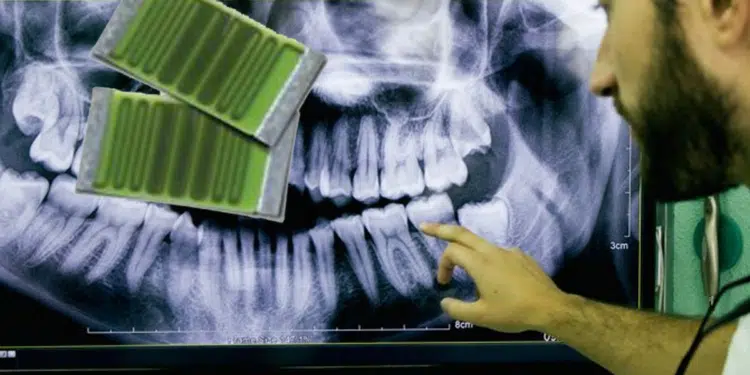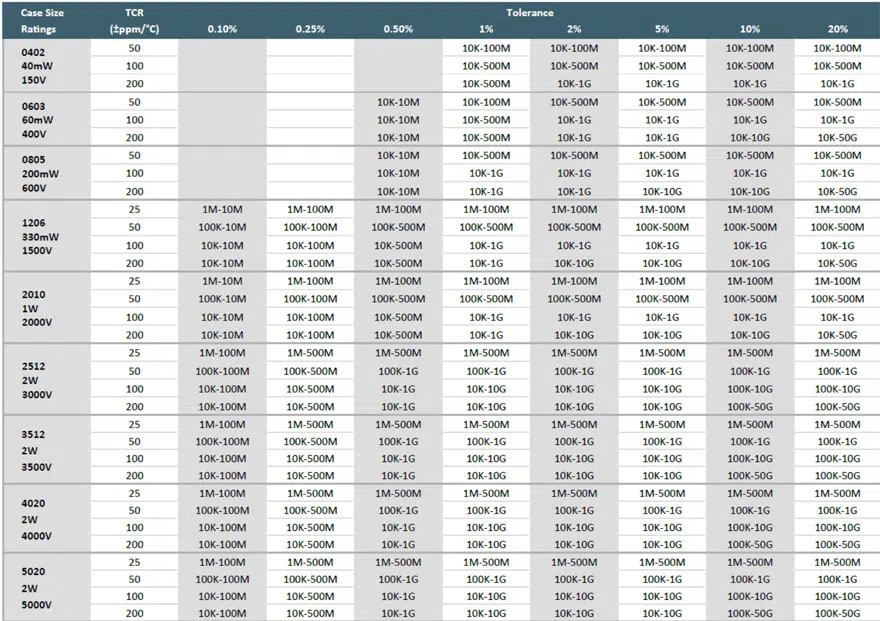To capture adequate images of a patient’s teeth and jaw, dentists rely on advanced 3D imaging from cone-beam computed tomography (CBCT) systems. The CBCT system’s outputs are critical for the accurate diagnosis of oral health concerns and subsequent plans for treatment. To ensure the reliability of these images, manufacturers of CBCT systems have leveraged Exxelia Ohmcraft’s custom, high voltage resistors.
“In general, X-Rays require very high voltages to operate and generate clear, precise 3D images,” said Eric Van Wormer, Vice President of Exxelia Ohmcraft. “Because of the unmatched precision and control in surface-mount and leaded resistors from Exxelia Ohmcraft, manufacturers of this type of technology have turned to us to help ensure the reliability of their systems and the quality of the images they produce.”
CBCT systems are used to assist dentists in a variety of procedures, including dental implant placement, root canal therapy, the treatment of temporomandibular joint (TMJ) dysfunction, and oral surgery.
Exxelia Ohmcraft’s technology utilizes the proprietary Micropen electronic printing system to “print” precise, narrow, serpentine lines with resistive ink on a ceramic substrate, producing higher performance resistors over a wider range of values on a smaller surface area than is possible with conventional film resistor technology.
Benefits of Ohmcraft Micropen technology:
- Voltage Ratings to 5000 Volts
- Resistance Values to 50 Gigohms
- Ultra High Stability
- Very Low Noise
- Tolerances to 0.1%
- TCR to 25 ppm/°C
- VCR to 1 ppm/V
- Custom Configurations
































